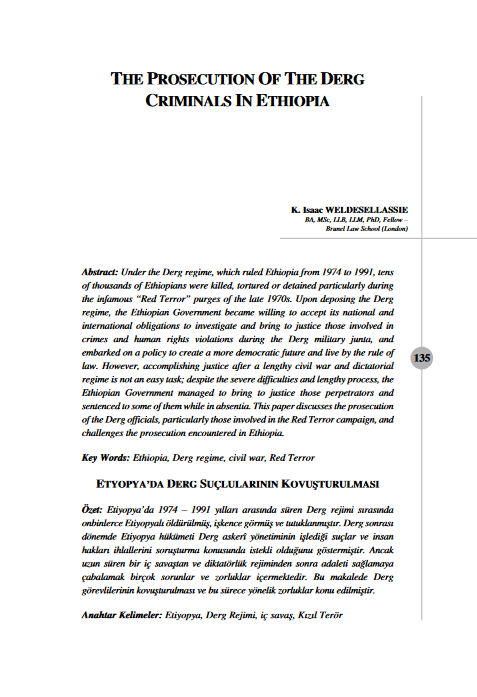Reliefwebint, 17 October 2016
The commencement overnight of the operation to retake Mosul city from the Islamic State of Iraq and the Levant (ISIL) marks an escalation of the Level 3 emergency in Iraq. Humanitarian partners are deeply concerned about the intensification of fighting and its potential humanitarian consequences for the people of Mosul city who have lived under the control of ISIL since June 2014.
Expected Humanitarian Impact
Humanitarian partners have been planning for the potential impact of military operations in Mosul since February 2016. It is estimated that 1.2 to 1.5 million people could be affected. Civilians in Mosul could face multiple threats from cross-fire, sniper attacks, booby traps and explosive remnants of war (ERW). Responders fear that tens of thousands of Iraqi girls, boys, women and men may be forcibly expelled, trapped between conflict lines, held under siege or used as human shields.
Many civilians may flee the city. Based on the current planning information, up to 200,000 people could be displaced in the first weeks of the Mosul operation. In a worst-case scenario, one million people could be displaced and 700,000 could need emergency accommodation. It is essential that the civilian population has safe escape routes. Landmines and other ERW could pose significant threats, and in almost all scenarios for displacement it will be necessary for civilians fleeing Mosul to cross conflict lines to reach designated mustering points. Once there, they will be transported to screening sites and onwards to designated camps and emergency sites. At each stage of these movements, vulnerable families will need first-line, life-saving aid including shelter, food, health care and water, sanitation and hygiene (WASH) assistance. Protection needs will be high priority, with many displaced persons from Mosul likely to be suffering acute vulnerabilities due to various forms of extreme trauma.
Humanitarian Response and Coordination
On 8 October, OCHA established a Humanitarian Operations Centre (HOC) in Erbil to convene cluster coordinators, civil-military coordinators and other key humanitarian actors to plan jointly for a cohesive response to anticipated displacement. Based on reports of a high state of readiness among forces along the front lines, the HOC has intensified preparations for the humanitarian consequences expected over the coming weeks.
As of 16 October, twenty-seven camps and emergency sites have been confirmed and identified through the joint planning process to accommodate displaced persons. A total of 10,014 plots are currently available for 60,084 people. A further 41,744 plots for 250,464 people are planned or under construction. Three camps to the south and south-west of Mosul have been identified as priority sites for the first waves of displacement. More plots are becoming available on a daily basis through coordination efforts, assessments, site visits and construction work.
Clusters are working with partners to prepare the delivery of assistance and operate services at camps and emergency sites. The logistics cluster is mobilizing common storage for stocks. Supplies of food, health items, medicines, shelter kits and WASH assistance are already being moved into storage sites and distribution points. Assistance ready to distribute includes: 59,800 tents; three-day ready-to-eat food rations for 220,000 families; 42,100 sets of emergency household items; 35,000 winterization kits; 240 tons of medicines; and 42,500 family hygiene kits. Many more forms of assistance are ready to be dispatched and further stocks are in the pipeline. The protection cluster has 66 mobile teams ready to provide assistance, including 28 for child protection, 26 for gender-based violence and 12 for general protection. In the first days of the response, the Iraq Displacement Tracking Matrix (DTM) will provide key information on displacement patterns and humanitarian partners are preparing to conduct rapid needs assessments at camps and emergency sites.
Humanitarian actors are coordinating closely with the Iraqi Ministry of Migration and Displacement and other authorities on issues relating to camp establishment and camp management. Coordination at the national level is taking place through the High Advisory Team, formed by the Prime Minister of Iraq to coordinate the activities required to provide shelter to internally displaced persons (IDPs) from the regions of Nineveh Province. The team is composed of the Government of Iraq, Kurdistan Regional Government, military command, and the Humanitarian Coordinator.
No comments yet.
- USHAKOV’S KARABAKH STATEMENT CASTS SHADOW ON OSCE MG ACTIVITY The Caucasus and Turkish-Armenian Relations 18.10.2016
- RUSSIAN MEGA INDIA DEAL TAKES OIL BATTLE TO MIDEAST BACKYARD Asia - Pacific 18.10.2016
- IRAQ BEGINS BATTLE TO RECAPTURE MOSUL Iraq 18.10.2016
- ILHAM ALIYEV: AZERBAIJAN CAN DESTROY ANY ENEMY TARGET The Caucasus and Turkish-Armenian Relations 18.10.2016
- BRITAIN CANNOT REVOKE EU DIVORCE ONCE BEGUN, GOVERNMENT'S TOP LAWYER SAYS Europe - EU 18.10.2016
-
25.01.2016
THE ARMENIAN QUESTION - BASIC KNOWLEDGE AND DOCUMENTATION -
12.06.2024
THE TRUTH WILL OUT -
27.03.2023
RADİKAL ERMENİ UNSURLARCA GERÇEKLEŞTİRİLEN MEZALİMLER VE VANDALİZM -
17.03.2023
PATRIOTISM PERVERTED -
23.02.2023
MEN ARE LIKE THAT -
03.02.2023
BAKÜ-TİFLİS-CEYHAN BORU HATTININ YAŞANAN TARİHİ -
16.12.2022
INTERNATIONAL SCHOLARS ON THE EVENTS OF 1915 -
07.12.2022
FAKE PHOTOS AND THE ARMENIAN PROPAGANDA -
07.12.2022
ERMENİ PROPAGANDASI VE SAHTE RESİMLER -
01.01.2022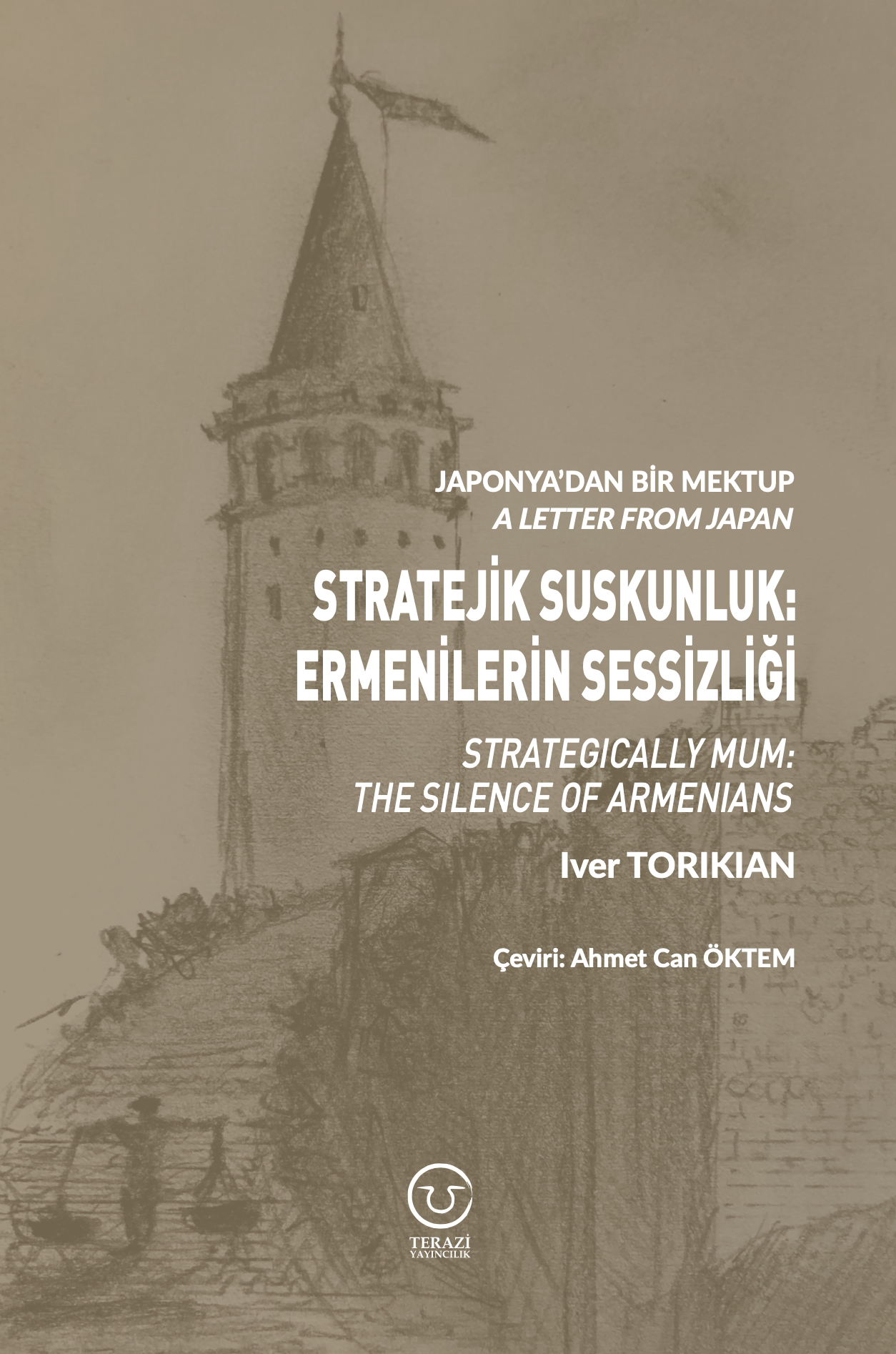
A Letter From Japan - Strategically Mum: The Silence of the Armenians -
01.01.2022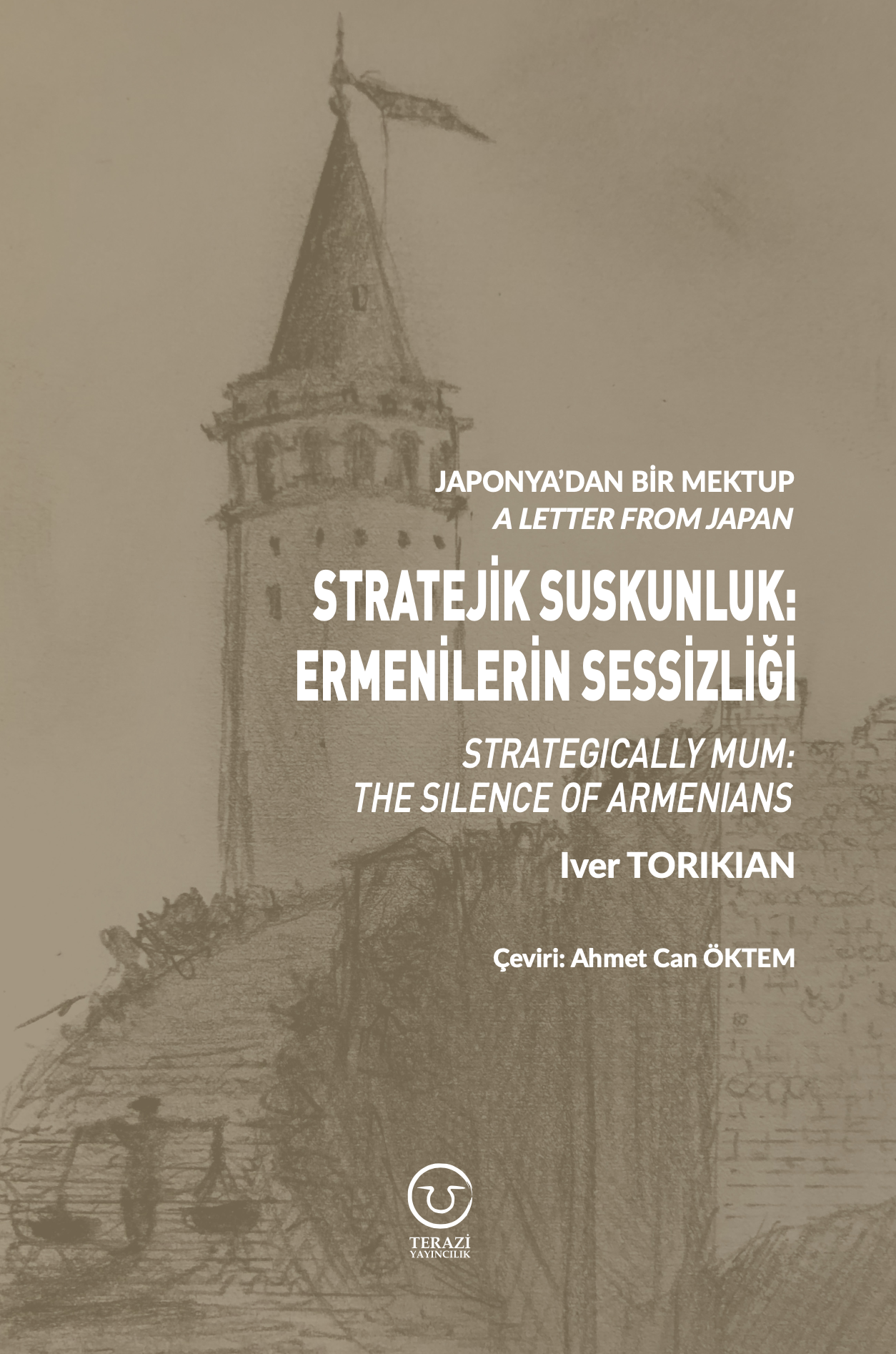
Japonya'dan Bir Mektup - Stratejik Suskunluk: Ermenilerin Sessizliği -
03.06.2020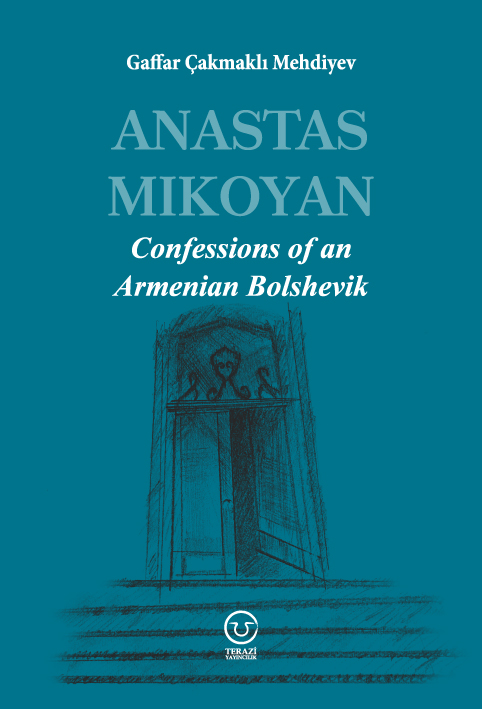
Anastas Mikoyan: Confessions of an Armenian Bolshevik -
08.04.2020
Sovyet Sonrası Ukrayna’da Devlet, Toplum ve Siyaset - Değişen Dinamikler, Dönüşen Kimlikler -
12.06.2018
Ermeni Sorunuyla İlgili İngiliz Belgeleri (1912-1923) - British Documents on Armenian Question (1912-1923) -
02.12.2016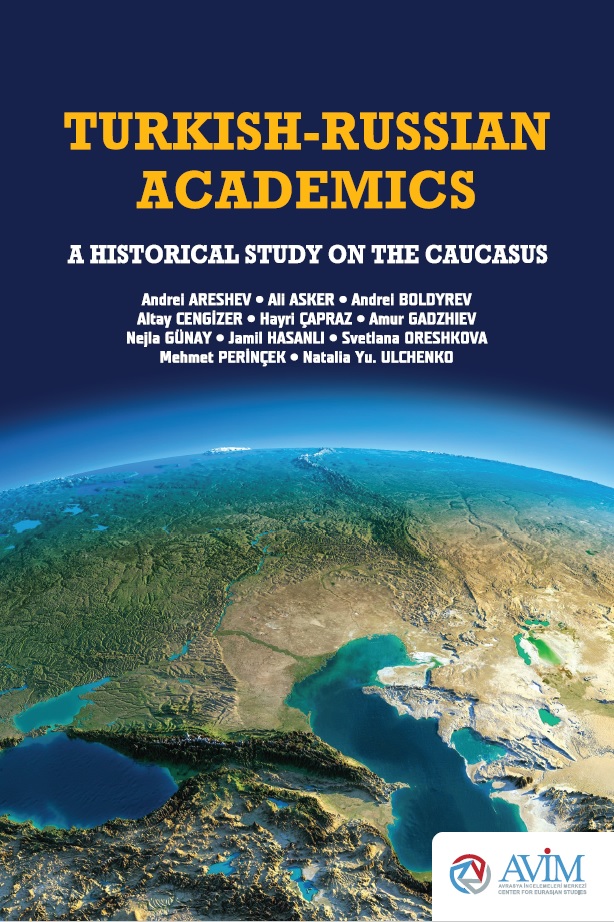
Turkish-Russian Academics: A Historical Study on the Caucasus -
01.07.2016
Gürcistan'daki Müslüman Topluluklar: Azınlık Hakları, Kimlik, Siyaset -
10.03.2016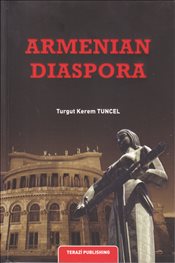
Armenian Diaspora: Diaspora, State and the Imagination of the Republic of Armenia -
24.01.2016
ERMENİ SORUNU - TEMEL BİLGİ VE BELGELER (2. BASKI)
-
AVİM Conference Hall 24.01.2023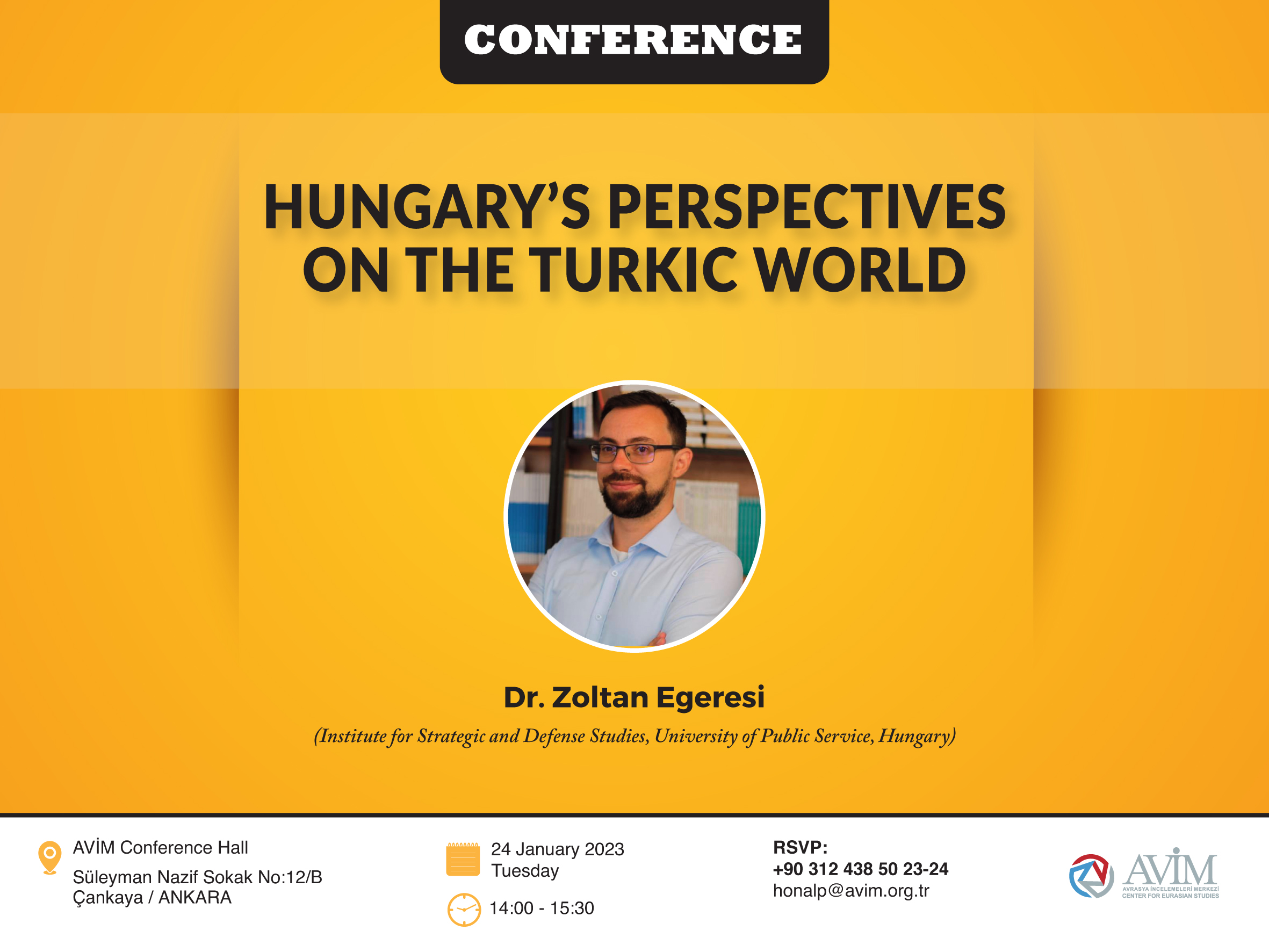
CONFERENCE TITLED “HUNGARY’S PERSPECTIVES ON THE TURKIC WORLD"








